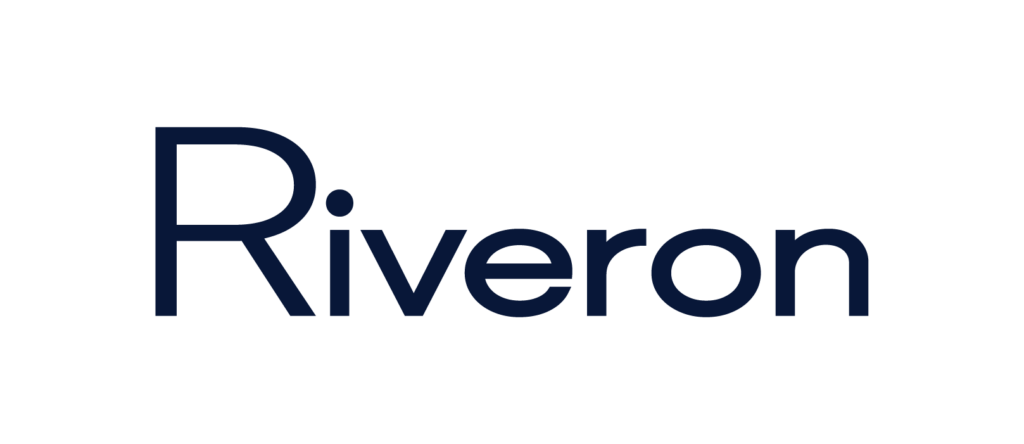What the Shift to Operational Value Creation Means for FP&A in Private Equity
/Passle/66b0e16610008cf7be5e944d/SearchServiceImages/2025-11-04-17-40-39-677-690a3a9768499c4238b0bb54.jpg)
Riveron's Glenn Snyder recently co-hosted the FP&A Unlocked podcast alongside Paul Barnhurst, joined by fellow Riveron expert Nate Heeren and Trivest Partners' Jamie Lukaszewski, to discuss a fundamental shift happening in private equity (PE). If you're leading FP&A at a PE-backed company, this change has major implications for your role.
The Shift: From Financial Engineering to Operational Value Creation
"Private equity used to be all about financial engineering; now it's about operational value creation," Jamie told us (podcast timestamp: [00:03:39]). This isn't just talk—we're seeing it across our client base.
With higher rates, elevated valuations, and tighter competition for deals, PE firms can't rely on financial engineering alone. They're looking inward, asking: How do we improve the businesses we own? How do we unlock organic growth? How do we drive greater operational efficiency?
This fundamentally changes how FP&A needs to operate in PE.
From Reporting to Piloting
Great FP&A in PE is now about "helping us pilot the business," as Jamie put it ([00:03:05]). Not just reporting where you've been—but helping steer where you're going.
The most successful FP&A functions do three things differently:
1. Connect Financial and Operational KPIs
“The best FP&A functions have better aligned KPIs and are more proactive—tied not only to the financial components of the business, but also into the operational components, where you can allow yourself the ability to be more forward-looking versus more retroactive," Nate explained ([00:03:44]).
You can't look at revenue and EBITDA in isolation. You need to understand operational drivers like customer acquisition metrics, utilization rates, unit economics. This integrated view enables FP&A to truly look ahead. When you see operational leading indicators alongside financial results, you can steer the business rather than just describe last month.
2. Build Trust Through Data
Jamie described how Trivest has built such strong founder relationships that 65 have become LP investors—something that only happens through trust built on consistent delivery ([00:12:12]).
For FP&A, trust comes from a data-driven approach.
"Here's the data-driven reasons that are proving why this is the right path forward," Jamie explained ([00:13:12]). But sometimes, data doesn’t align with operational reality.
“Once that source of truth becomes compromised, it's really, really hard for the company to make any sort of progress," ([00:36:09]).
3. Speak PE's Language
PE-backed FP&A operates differently than corporate roles. "PE almost has a different language," Jamie noted ([00:19:57]). Welcome to the world of quality of earnings, adjusted EBITDA, 13-week cash flows, and covenant compliance.
“The biggest difference with PE firms is that you're focused really on their quality of earnings (QOE) approach,” Glenn shared. “If you're looking at a public company, the term quality of earnings never comes up in your discussions in FP&A. But it's all over a PE-owned firm.” ([00:17:54]).
What PE Firms Value from FP&A Teams
One surprise: PE firms don't primarily care about PE experience.
"First and foremost, we want to say, what is the technical skill set?" Jamie emphasized ([00:26:22]). They want people who know what best practice looks like, whether learned in consulting, corporate FP&A, or elsewhere.
But there's something more important: intellectual curiosity. "They're going to ask questions. They're going to dive into numbers. Sometimes they're going to go down the rabbit hole and it's going to lead to nothing. Other times...it's going to lead to some big unlock" ([00:27:20]).
The best FP&A professionals aren't necessarily those with the fanciest credentials. They're those who genuinely want to understand the business and ask thoughtful questions.
Setting FP&A Up for Success
Understanding what PE firms need from FP&A is one thing. Building the infrastructure to deliver it is another.
As Nate said, "You're not going to win many races with your legs tied together; you've got to be set up for success" ([00:34:01]). FP&A teams set up properly from the start create dramatically more value than those retrofitting capabilities later.
When FP&A isn't delivering in a PE environment, it typically comes down to gaps in four areas:
People: The right team structure matters. Sometimes there's solid accounting capability but no true FP&A function. Other times, someone is stretched across multiple roles without bandwidth. The question isn't just headcount—it's whether the team can build 13-week cash flows, conduct working capital analyses, create integrated KPIs, and communicate effectively to management and sponsors.
Process: Poor processes undermine great people. Monthly closes taking 15-20 days, inconsistent reconciliations, no standard reporting—when that much time goes to getting accurate numbers, there's no capacity left for analysis.
Data: Often the data exists but it's siloed, disconnected from operational reality, or lacks the granularity needed for meaningful analysis. Financial data that can't be easily tied to operational drivers limits FP&A's ability to provide forward-looking insights.
Technology: Spreadsheet-based infrastructure breaks down quickly in PE environments. Without proper systems to handle consolidations, manage multiple scenarios, and produce timely reporting, FP&A becomes reactive rather than strategic.
"Oftentimes that visibility is hindered by either personnel or data or a tech stack. So with all those things aligned, I think you really advance yourself and the effectiveness of the org," Nate noted ([00:04:42]).
The most effective approach? Build for the exit from Day One. "We fast-forward to an eventual exit...when those requests start coming in, they're going to be robust, they're going to be intense. We have prepared ourselves for the highest degree of diligence," Jamie explained ([00:09:55]).
Nate echoed this importance, noting that Riveron is "seeing a lot of front ending of the sale prep process" to improve deal effectiveness. "Let's get the data ready. Let's get the cube set up. Let's get the outputs ready. Let's have the analytics all in line so that there isn't this huge, onerous project for what's already probably a pretty lean accounting and finance staff" ([00:09:21]).
This changes how you build FP&A infrastructure. You're not just supporting this month's board meeting—you're creating capabilities that enable a successful exit.
More PE sponsors are recognizing this reality. There's increasing demand for FP&A buildouts early in the hold period instead of as an afterthought. The reason is simple: you can't drive operational value creation without the visibility, analytics, and decision support that great FP&A provides.
Building capability when there's time and flexibility is fundamentally different from crisis remediation under compressed timelines. The question for PE-backed companies: Are your legs tied together, or are you set up to win?
The Bottom Line
PE's evolution from financial engineering to operational value creation is fundamentally reshaping FP&A. The question isn't whether your role will change, but whether you're ready to step into this more strategic function.
At Riveron, Glenn and Nate work with PE firms and portfolio companies at all stages, from diagnostics to FP&A buildouts that genuinely drive value creation. The shift is real, and the opportunity for FP&A has never been greater.

